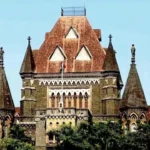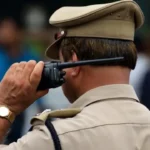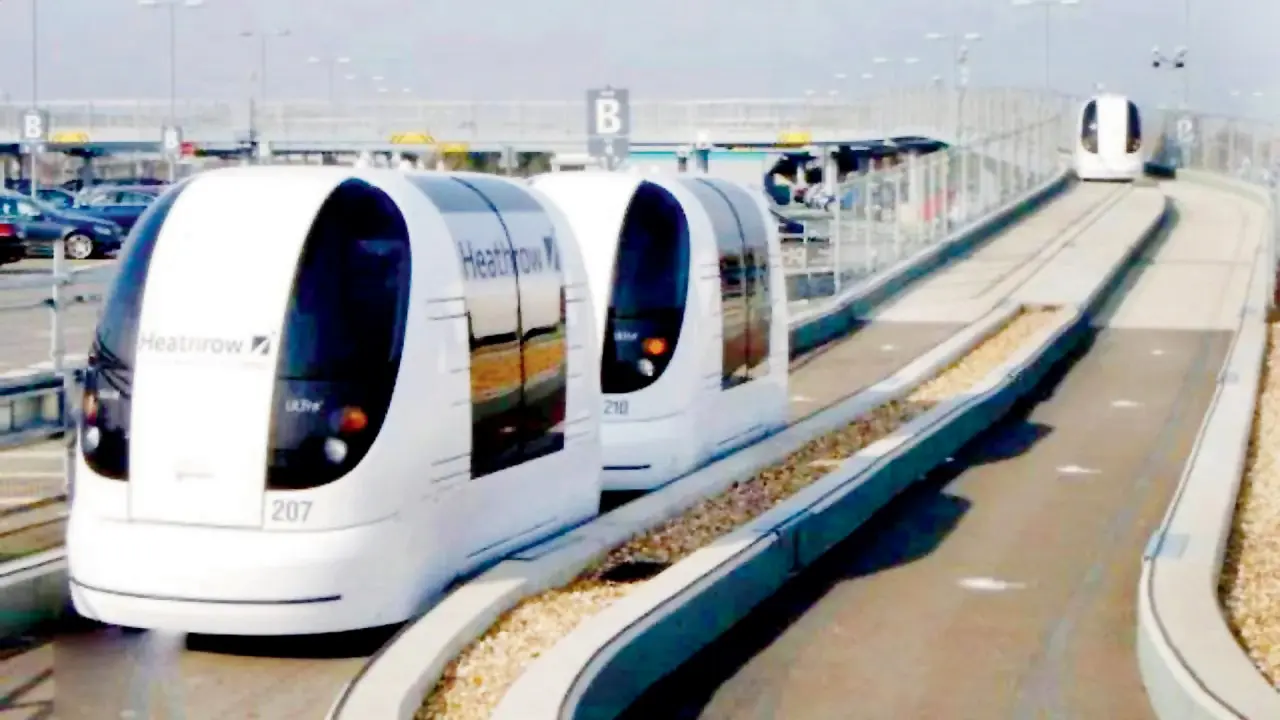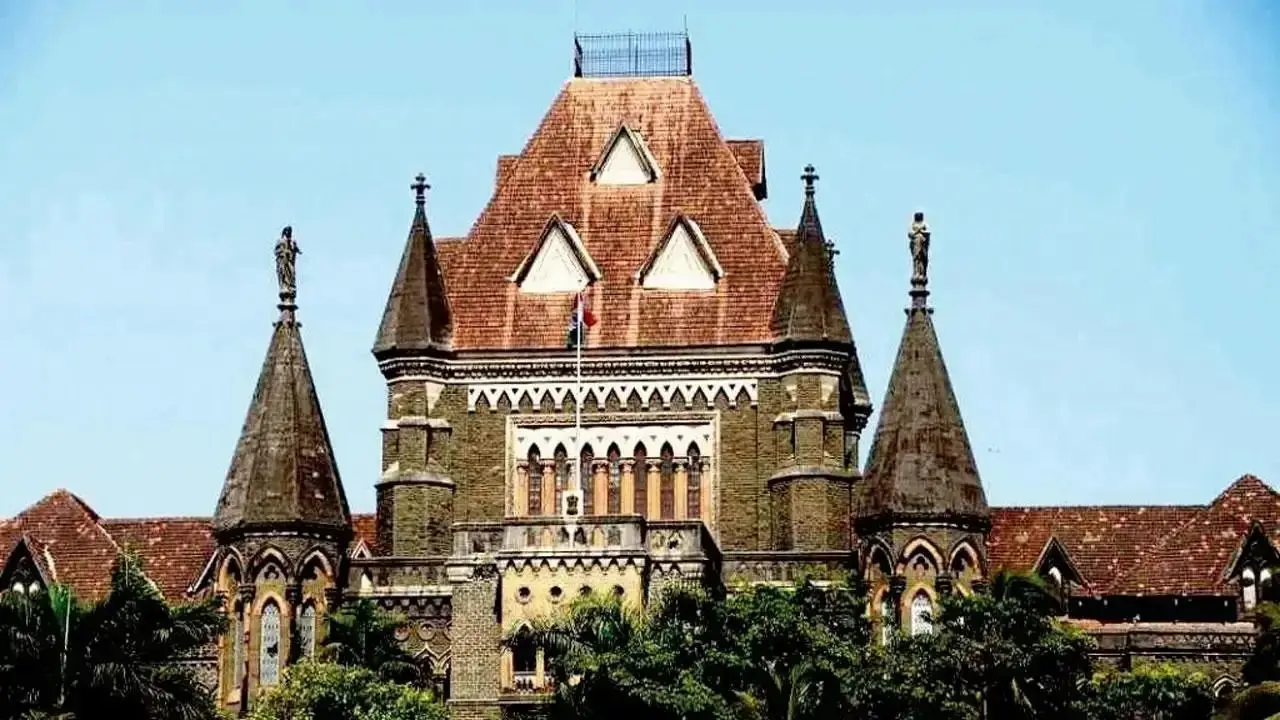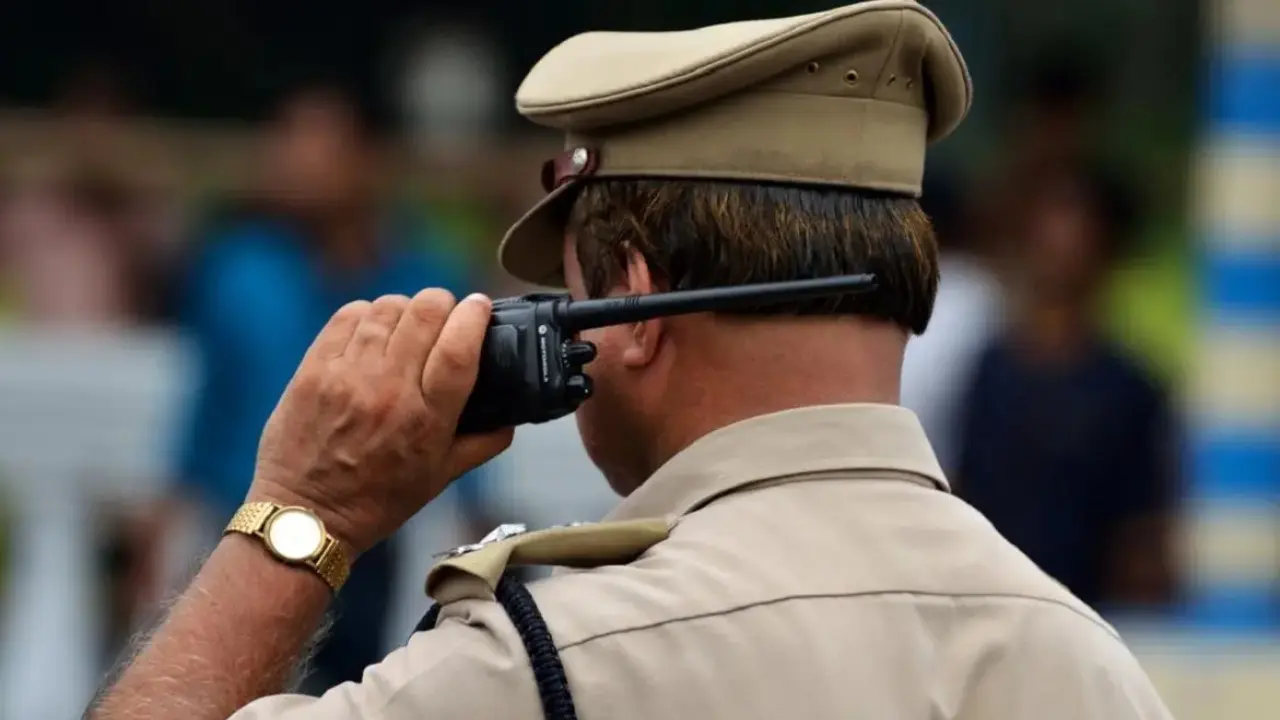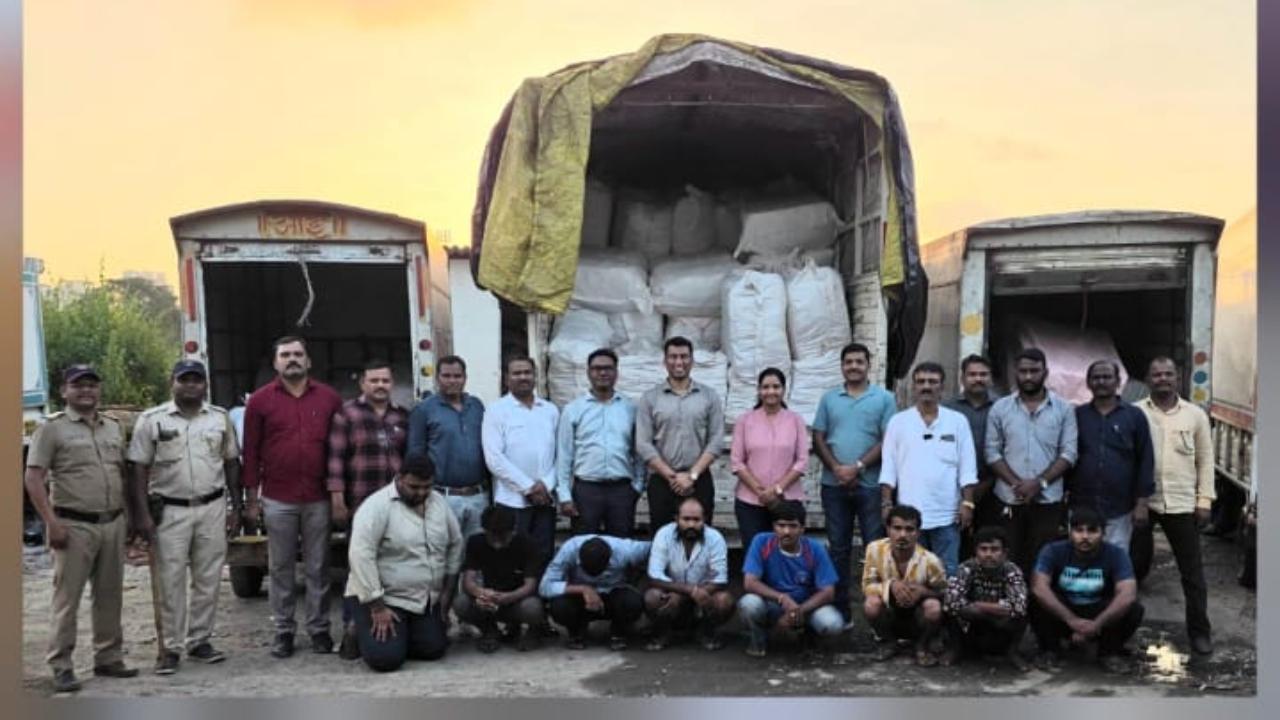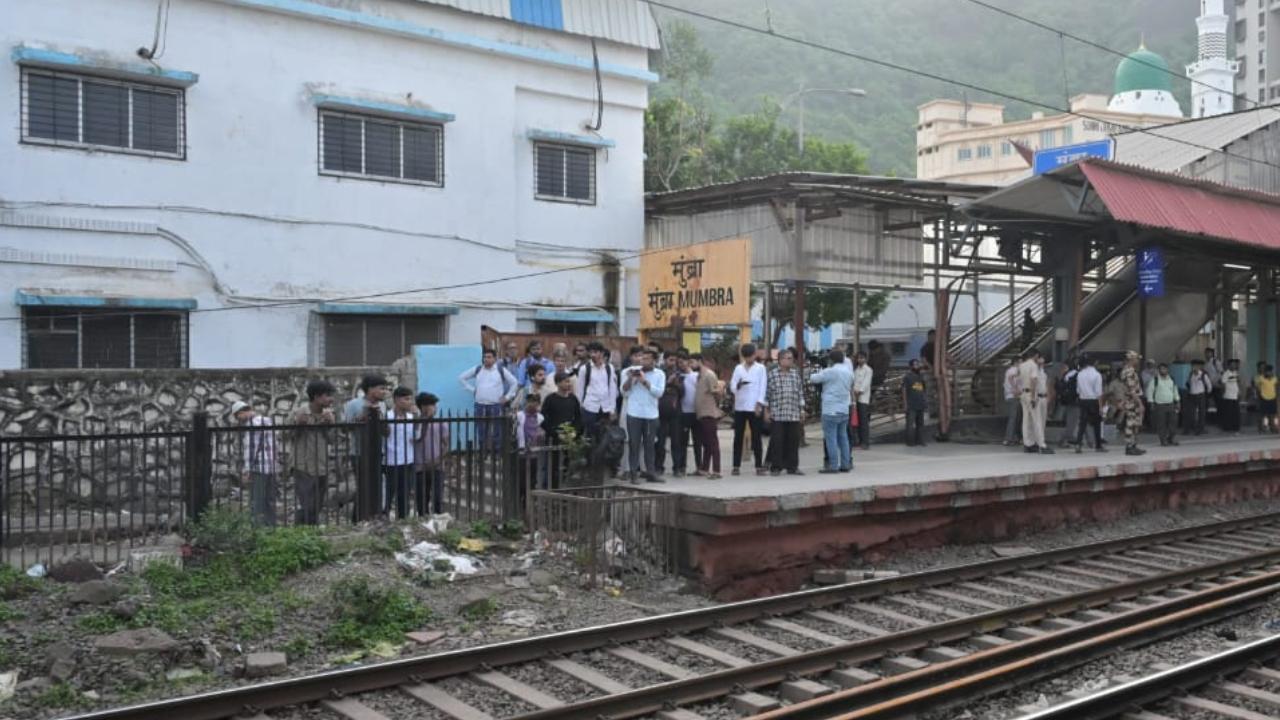The state government believes pod taxis could help strengthen Mumbai’s transport to provide better last-mile connectivity, especially in the busy Bandra-Kurla Complex (BKC) area, where there is high footfall. On Monday, Chief Minister Devendra Fadavis chaired a review meeting on implementing this futuristic urban transport system as a modern solution for Mumbai’s mobility.
The CM opined that a pod taxi service will be important in the “business district” between Kurla and Bandra railway station. He even mentioned that bullet trains and the new Bombay High Court complex will increase traffic in the area and will likely add pressure on the existing transport system. “Pod taxis can provide citizens an easy and delay-free travel experience,” Fadnavis said.
mid-day reported earlier that the Mumbai Metropolitan Region Development Authority (MMRDA) commissioned a survey to understand the technical and economic feasibility of a pod taxi service. The authority had plans to levy fares at R21 per km.
The report further mentioned that the pod taxi corridor is planned to stretch 13.5 km with 54 stations by 2041, including major terminals at Bandra, Kurla and Sion railway stations. In the first phase, 38 stations covering 8.8 km are expected to be ready by 2027, with Bandra and Kurla serving as key terminals and links to Metro stations.
Fadnavis, during the meeting, emphasised that services must be world-class and make optimal use of available urban space, including innovative use of the skywalks outside stations. He even directed that the pod taxi service be linked with the single mobility card being planned for Mumbai, so people can use all transport services seamlessly with one card. “The Bandra and Kurla station areas are to be developed for the service, with pod taxi routes connecting directly to office buildings in the BKC,” Fadnavis added.
The meeting was held at Sahyadri Guest House at Malabar Hill, and attended by senior officials, including Mumbai Police Commissioner Deven Bharti, MMRDA chief Sanjay Mukherjee, and senior IAS officers from transport, urban development and home departments. Presentations on the project’s feasibility and potential were given by Mukherjee and Bharti.
However, transport experts are of the opinion that the government is creating another “white elephant”. Transport expert AV Shenoy claimed that if last-mile connectivity is the motive, except for the BEST, no other public transport can provide the services to match the goal. “Railway, Metro and pod taxis cannot go beyond their respective tracks. But, BEST can go to every corner,” Shenoy said. He suggested that more BEST buses in the fleet, dedicated bus lanes, and ring services would be a better and feasible option. “Pod taxis will not be affordable to all,” Shenoy added, emphasising on promoting BEST services.


